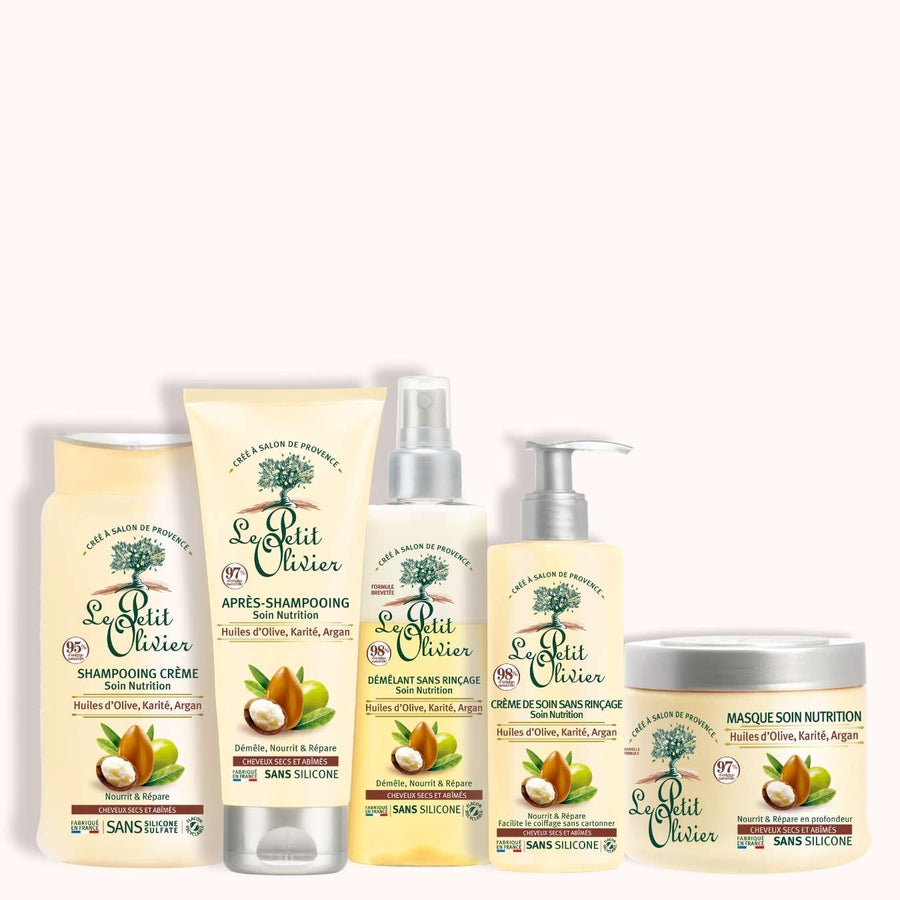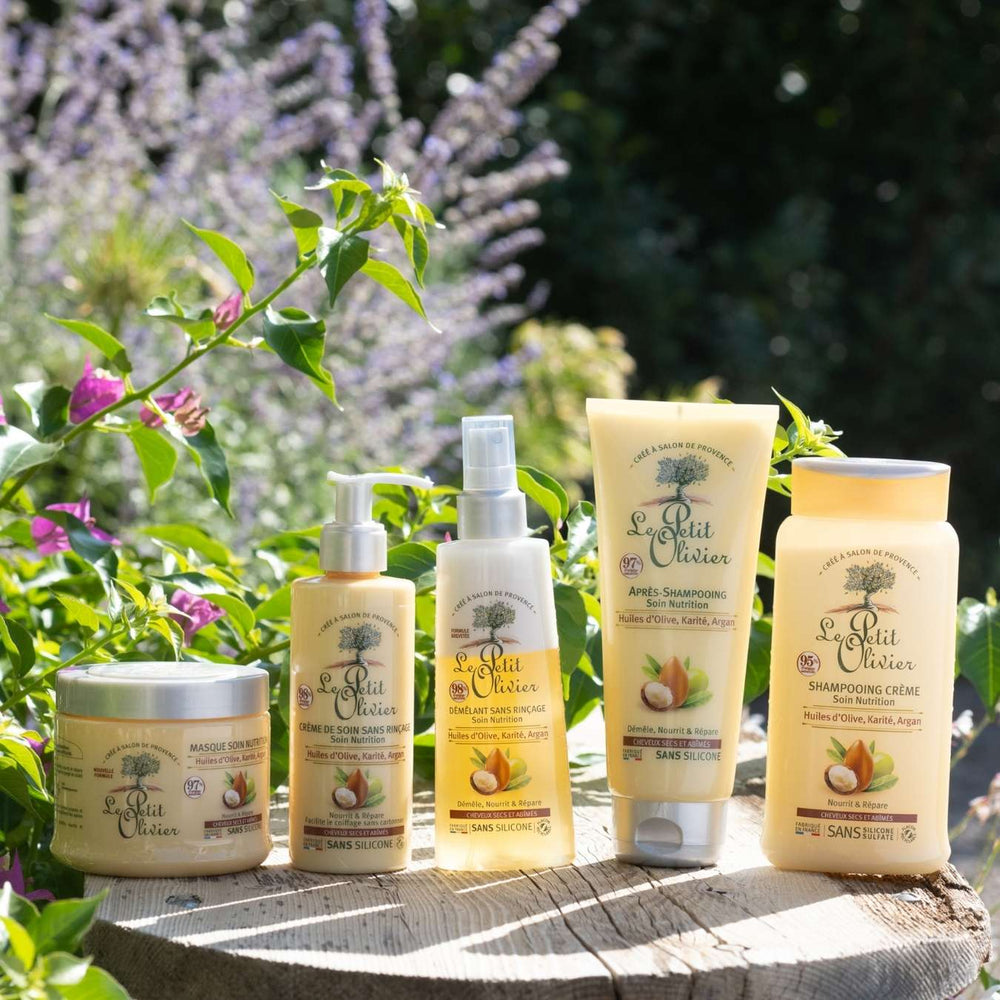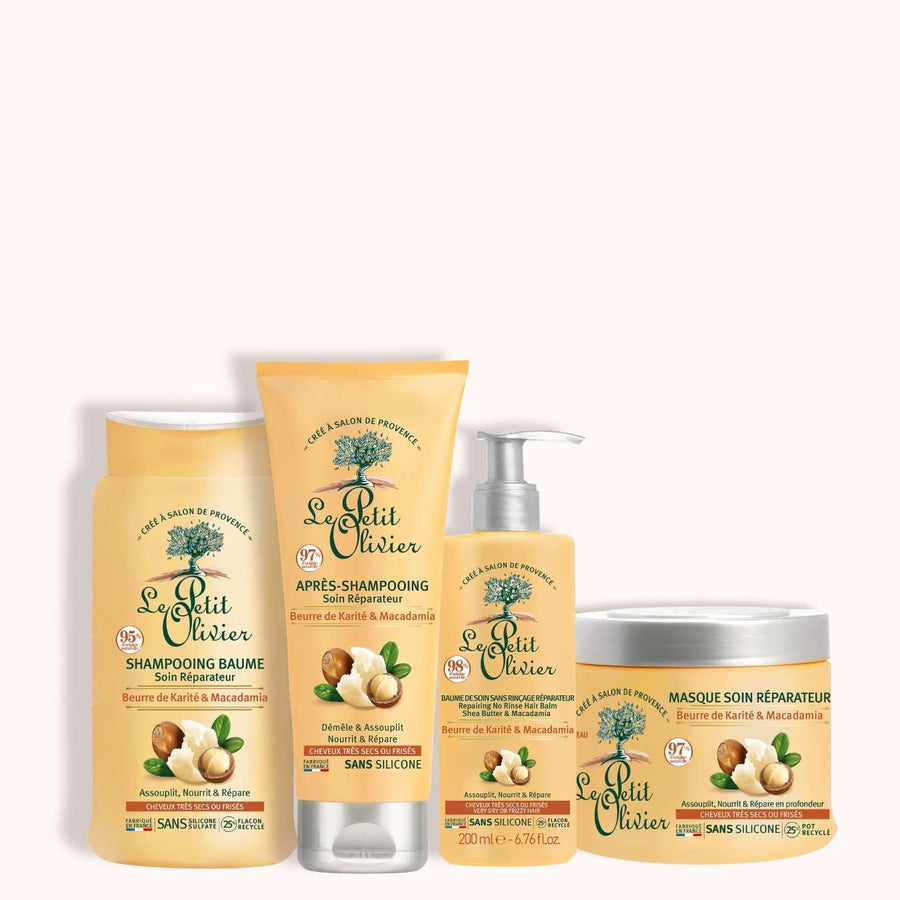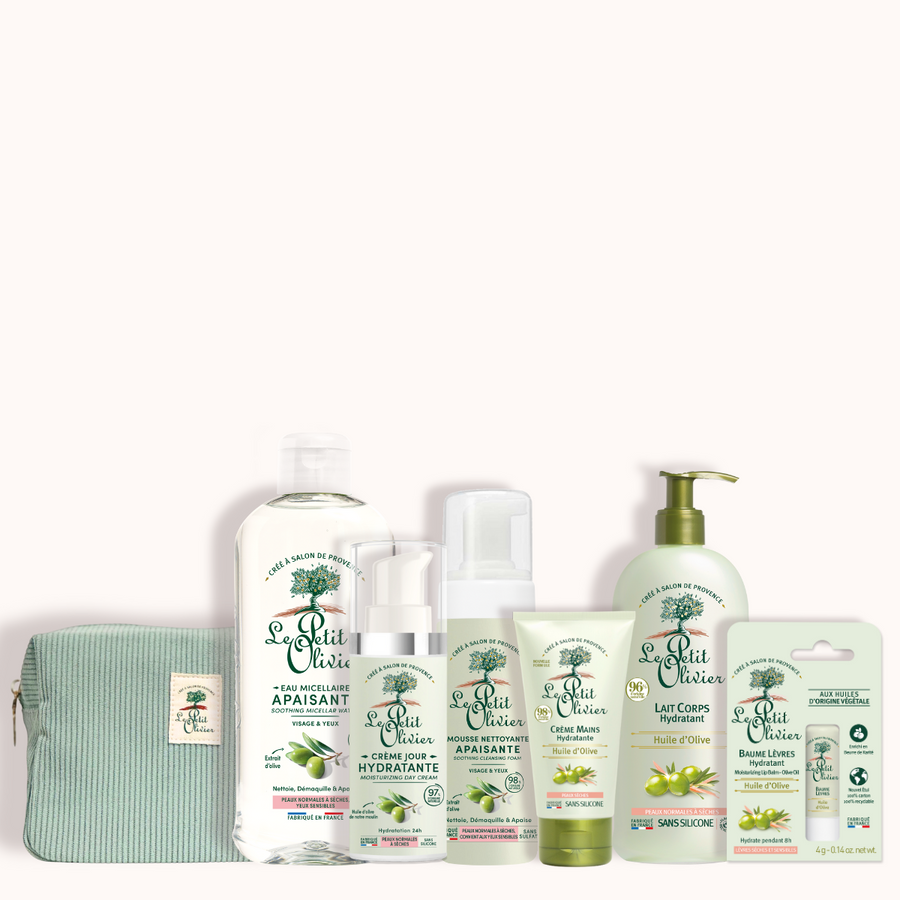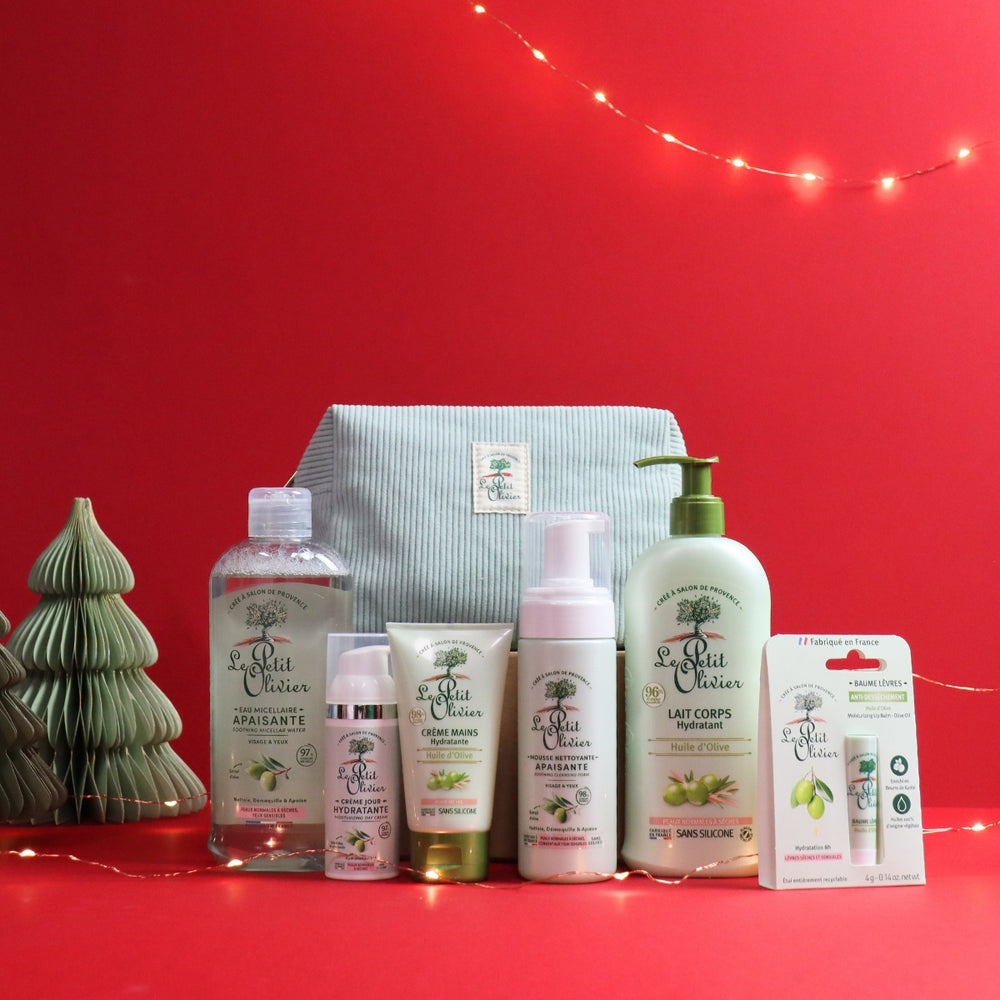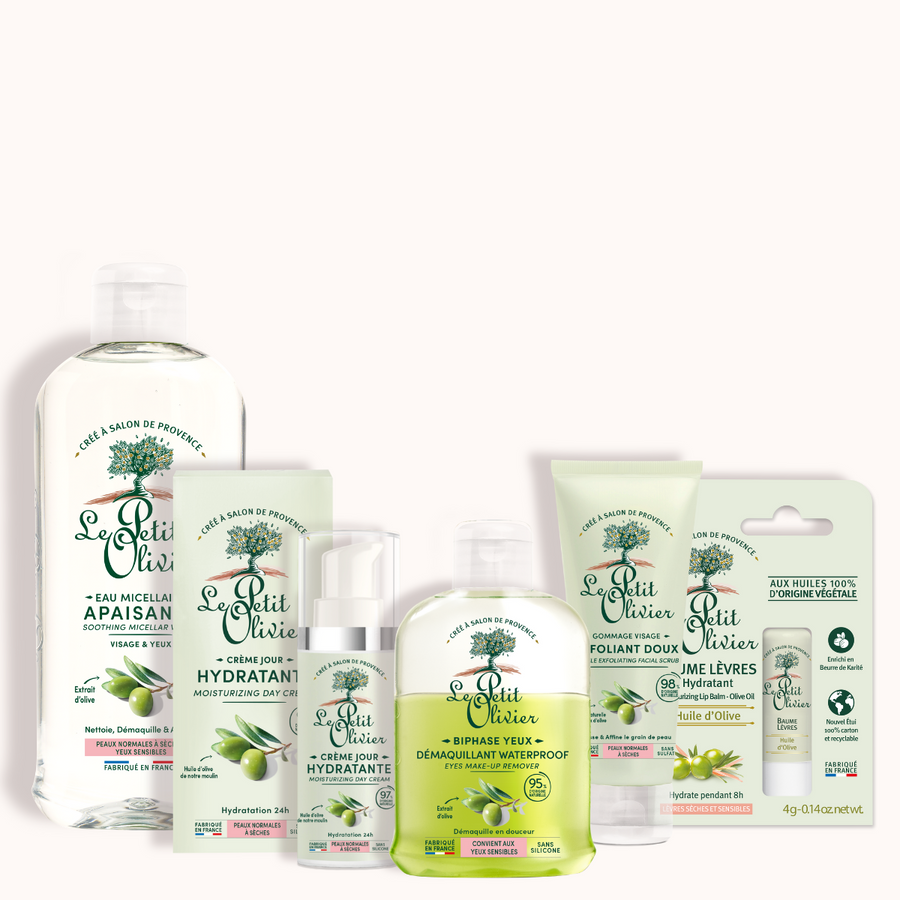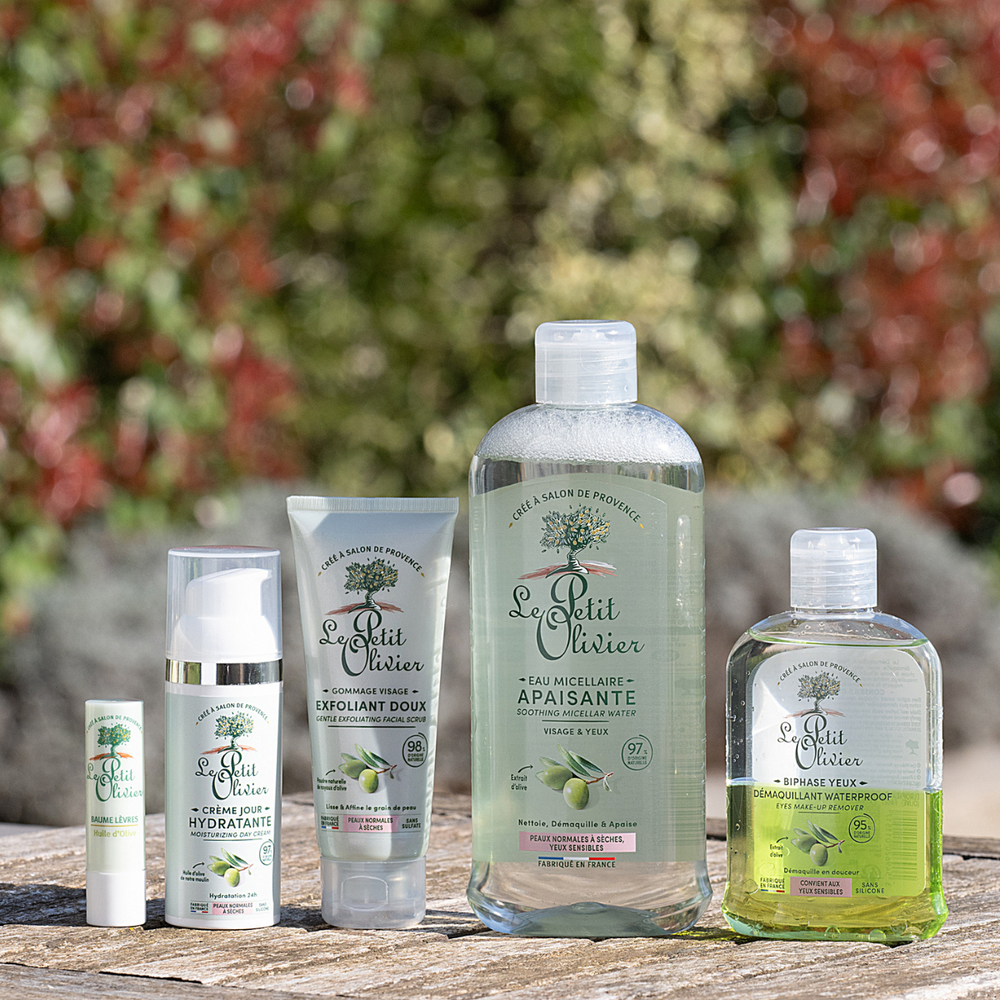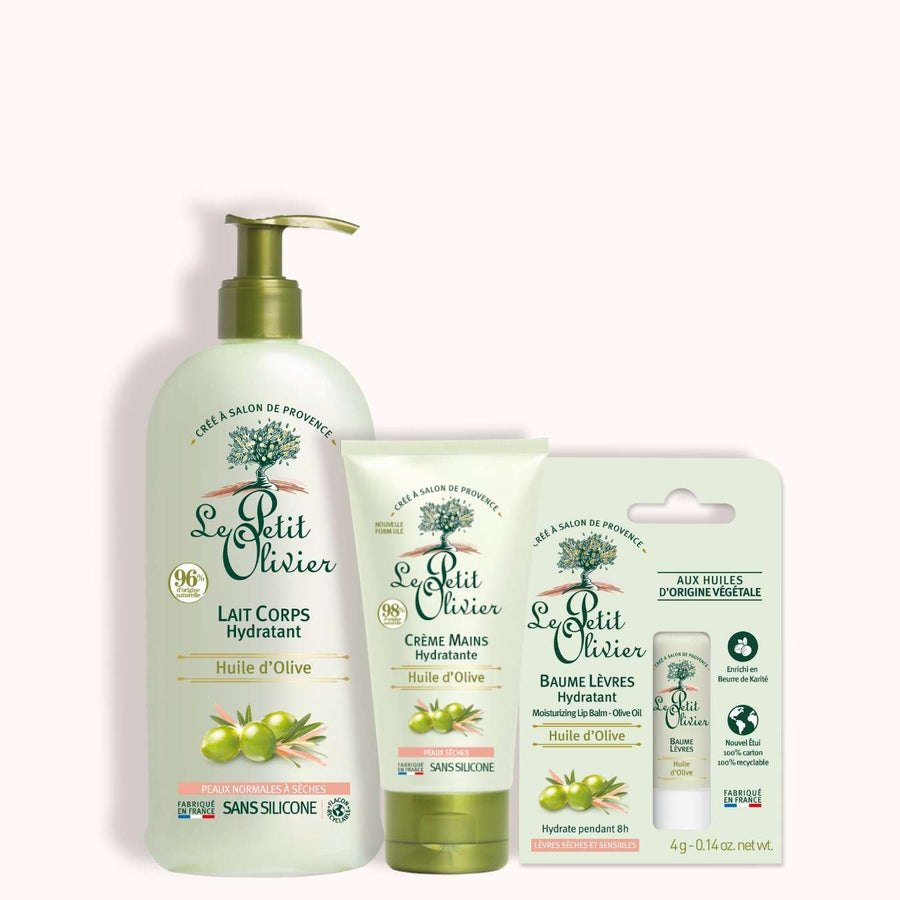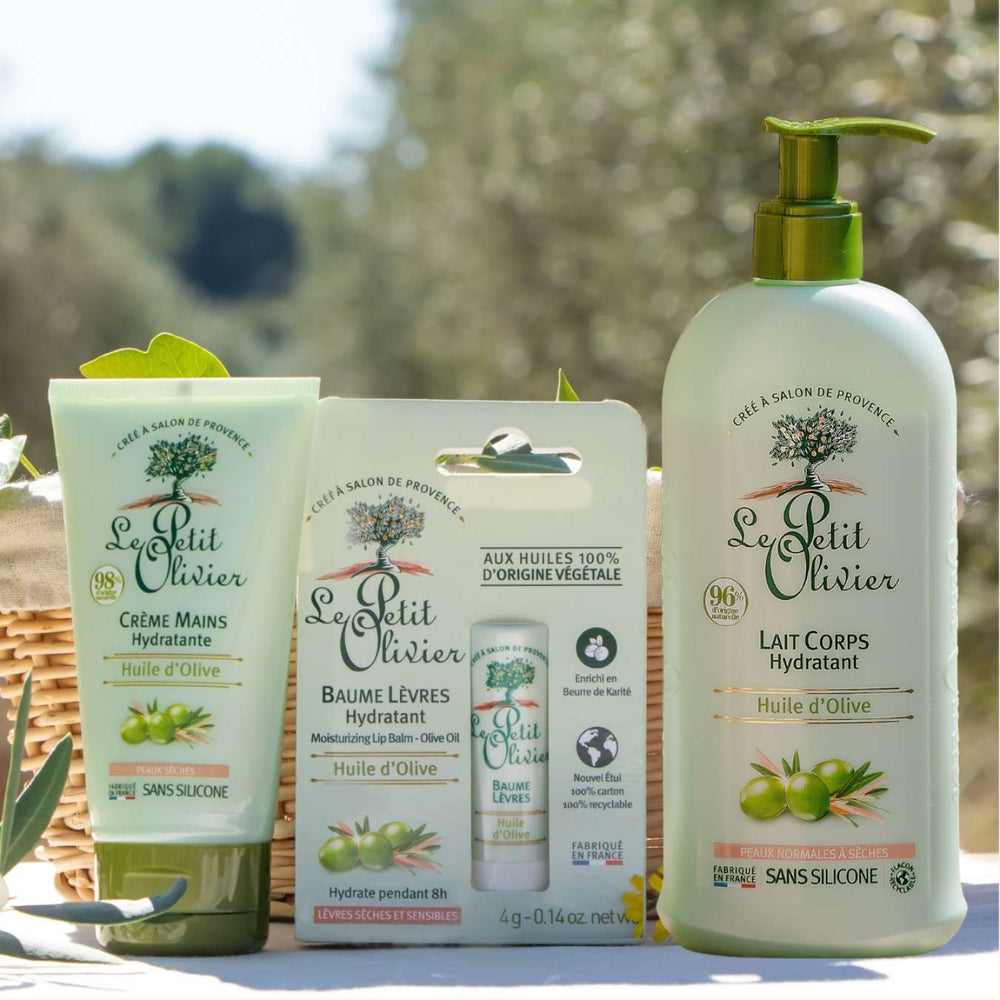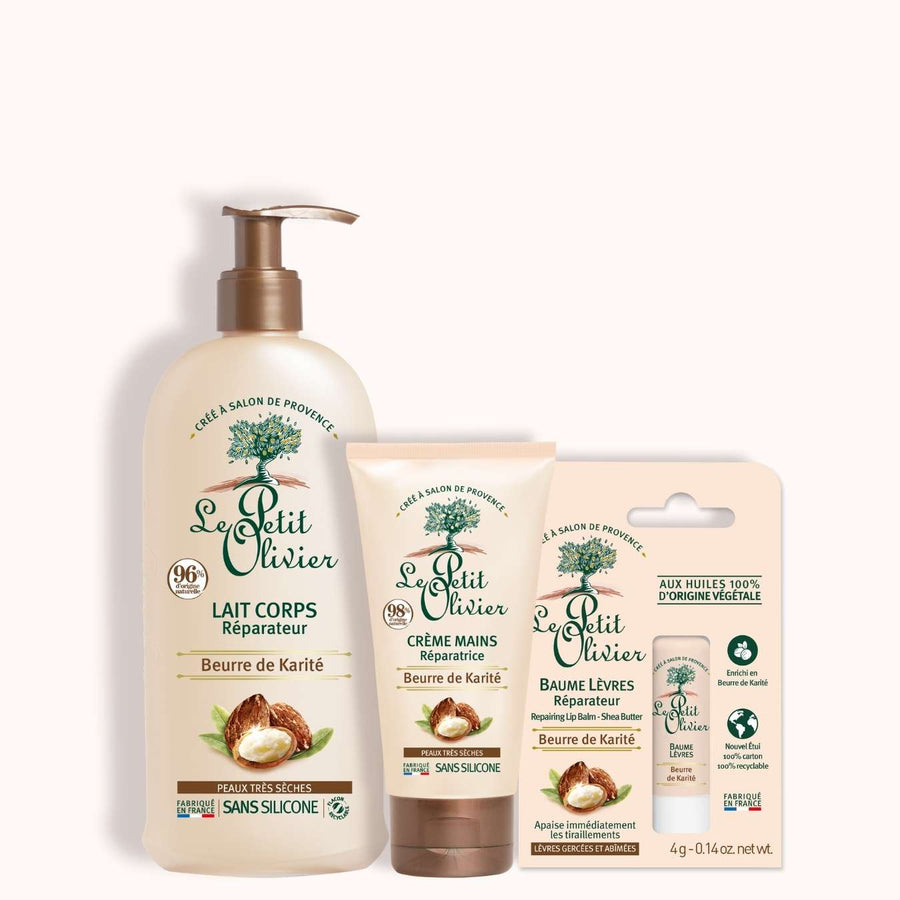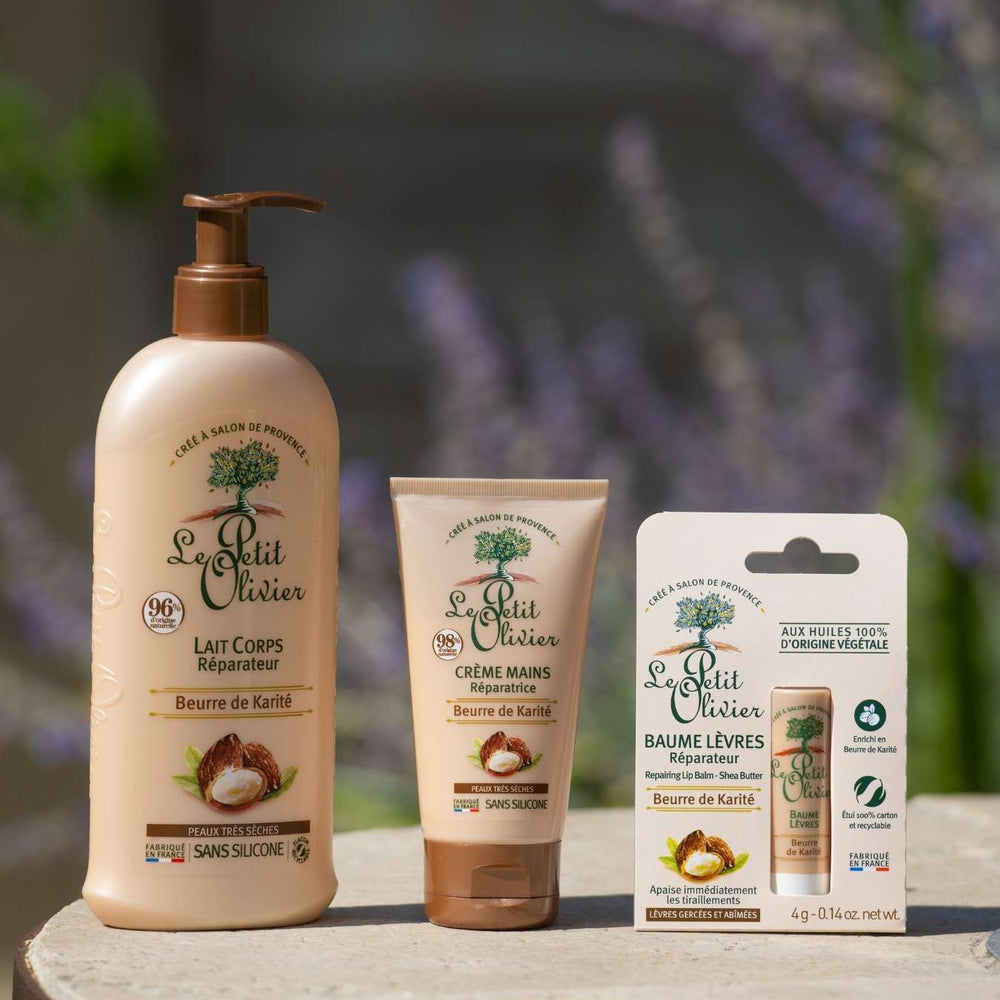How to choose a detangler based on the porosity of your hair?
Hair porosity is an often misunderstood concept, but essential to understanding how your hair interacts with hair care products. It determines your hair's ability to absorb and retain moisture, influencing its appearance and overall well-being. By understanding your hair's porosity, you'll be better equipped to choose the right conditioner for your hair's specific needs.
Whether low, medium or high porosity, each type presents its own characteristics and challenges. The right conditioner can make all the difference in terms of softness and shine. On this page, we'll explore the distinct properties of each porosity type and guide you in choosing the ideal conditioner. In addition, we'll discuss the precautions you need to take to maximize the effectiveness of detanglers while avoiding common mistakes that could compromise your hair's natural beauty.
Understanding hair porosity
Definition and importance of hair porosity
Hair porosity plays a crucial role in your hair routine. It determines your strands' ability to absorb and retain moisture, influencing their appearance and overall condition. Think of your hair as a sponge: the more porous it is, the more easily it absorbs water and hair products, but it can also lose this moisture quickly. This characteristic is mainly determined by the structure of the cuticles that cover each hair. These protective scales can be tight or open, depending on the type of porosity, directly impacting the effectiveness of the treatments you apply.
Porosity types: low, medium and high
There are three main types of porosity, each requiring special attention:
- Low porosity: cuticles are tightly packed, making it difficult to absorb moisture. Products tend to stay on the surface, which can leave your hair heavy or greasy if you don't use the right care products.
- Medium porosity: considered ideal, it provides balanced moisture absorption while retaining enough water to keep hair moisturized without excess.
- High porosity: cuticles are open or damaged, often due to chemical or thermal treatments. This allows hair to absorb moisture quickly, but also to lose it just as quickly, leading to frizz and dryness.
Knowing your porosity type will help you choose the best detangler to optimize hydration and minimize styling damage.
Characteristics of low-porosity hair
Properties of low-porosity hair
Low-porosity hair is characterized by tightly packed cuticles, forming an almost hermetic barrier. This configuration makes the absorption of moisture and active ingredients more complex, as products tend to remain on the surface rather than penetrate deeply. As a result, applied treatments can leave your hair heavy and greasy if you don't choose your products wisely.
This impermeable nature does, however, confer certain advantages: hair is better able to maintain its structure in the face of external aggressions such as pollution or wind. However, it also requires a specific approach to maximize the effectiveness of hair treatments.
Specific issues related to the low porosity of hair
Faced with this unique characteristic, several challenges emerge. The first is the difficulty of moisturizing in depth. Masks and detanglers, while essential, must be chosen with care to avoid an unwanted weighing-down effect. Opting for lightweight formulations enriched with targeted active ingredients could be the ideal solution.
The other major issue is prolonged drying after washing. Water droplets have difficulty escaping from the capillary surface, lengthening the natural drying time or requiring the careful use of a gentle heat source to facilitate this process.
Here are some strategies for dealing with these challenges:
- Use of moderate heat: applying a little heat in the form of steam can help to open cuticles slightly during treatment to promote better absorption of active ingredients.
- Careful selection of products: choose those specifically formulated to penetrate even the most closed capillary structures.
- Final rinse method: finishing your routine with a spray of cold water can help smooth and close cuticles after treatment, trapping any moisturizing benefits obtained during the treatment.
Armed with an in-depth knowledge of low porosity and its practical implications, you'll be able to transform every hair session into a harmonious and gratifying experience.
Characteristics of medium-porosity hair
Properties of medium-porosity hair
Medium-porosity hair, often considered the hair ideal, has a harmonious balance between moisture absorption and retention. Their cuticles are open enough to allow active ingredients to penetrate effectively, yet closed enough to trap precious moisture. Think of a well-balanced sponge that absorbs just enough without overflowing. This characteristic gives hair a naturally shiny, soft appearance, with a supple texture that makes styling easier.
This characteristic makes medium-porosity hair fertile ground for a variety of hair care products. Applied products diffuse evenly, maximizing their beneficial effects without the need for complex or costly interventions.
Specific issues related to average hair porosity
While medium-porosity hair may seem less demanding than its more porous or less porous counterparts, it's not without its particular challenges. One of the main challenges lies in maintaining this delicate balance in the face of external aggressors such as the sun, pollution and occasional chemical treatments.
To preserve this natural harmony, it is crucial to adopt the right hair care routine:
- Selection of balanced products: opt for detanglers and other care products with nourishing but not weighing-down active ingredients, to maintain hair's lightness and fluidity.
- Protection from the elements: use heat and UV protection sprays regularly to prevent damage to hair structure.
- Regular moisturizing: even though this hair retains moisture well, it's important to maintain its hydration by regularly applying suitable masks or conditioners.
Armed with an in-depth understanding of the specific needs of your hair type, you'll be able to calmly navigate your hair routine while taking full advantage of the natural potential offered by your strands.
Characteristics of high-porosity hair
Properties of high-porosity hair
High-porosity hair is characterized by an increased capacity to absorb moisture, but also by a tendency to lose it quickly. This characteristic stems from an open or damaged cuticle structure, often the result of chemical or thermal treatments, or even repeated environmental aggression. Imagine a loose-knit fabric: it lets water pass through easily, but only retains it briefly.
This capillary nature gives hair a sometimes dull, frizz-prone appearance. However, it also offers the opportunity to easily incorporate beneficial active ingredients that penetrate deep down to nourish and strengthen the hair. Choosing the right products is therefore essential to transform this apparent weakness into an asset.
Specific issues related to the high porosity of hair
One of the main challenges facing people with highly porous hair is maintaining moisture. Moisturizing active ingredients can evaporate almost as quickly as they are absorbed, making regular care essential. What's more, such hair is often more fragile and prone to breakage.
Here are some strategies for managing these issues:
- Selection of rich detanglers: opt for those containing film-forming agents that help seal in moisture while providing softness and protection.
- Co-wash method: occasionally replace traditional shampoo with a gentle cleansing conditioner that doesn't attack the hair fiber.
- Prefer natural drying: avoid direct heat sources wherever possible; prefer natural drying or use a diffuser with warm air.
- Protective serums: regularly apply a serum rich in repairing active ingredients to reinforce hair's natural protective barrier against external aggression.
Armed with an in-depth understanding and the right solutions, you'll not only be able to reduce the undesirable effects of high porosity, but also enhance your strands on a daily basis.
Criteria for choosing the right conditioner for each type of porosity
Choosing a detangler for low-porosity hair
For low-porosity hair, the key is to use light,non-weighting detanglers. These products must be formulated to penetrate effectively despite the hermetic barrier of tight cuticles. Opt for detanglers enriched with active ingredients that slip easily between the scales without leaving a greasy residue.
Also remember to apply the product to damp, warm hair, as the gentle heat can help to open the cuticles slightly, facilitating absorption of the active ingredients. A good example would be to use a spray bottle of warm water before applying detangler.
Choosing a conditioner for medium-porosity hair
Medium-porosity hair enjoys great flexibility when it comes to care choices. Here, the aim is to maintain this natural balance without disturbing the hair's absorption capacity. So opt for detanglers that reinforce this harmony, while providing just the right amount of protection.
Look for balanced formulations that contain a judicious combination of nourishing and protective active ingredients. These products should help hair retain its natural softness while preventing external aggression.
Choosing a detangler for highly porous hair
The challenges posed by highly porous hair require special attention when choosing a detangler. Here, it's crucial to opt for products rich in film-forming agents capable of sealing water within the hair. These agents create a protective barrier against rapid loss.
We also recommend formulas containing repairing active ingredients that help strengthen the hair structure weakened by excessive cuticle opening. Applying these products to well-dried hair after washing will maximize their effectiveness and help restore your strands' natural shine.
So, by understanding your specific porosity type and wisely selecting your detangler, you'll give your hair every chance to reveal its intrinsic beauty on a daily basis.
Precautions for using detanglers according to hair porosity
Best practices for applying conditioners
The judicious use of a conditioner can transform your hair routine into a pleasant and effective experience. To maximize the effectiveness of your conditioner, a few simple steps can make all the difference:
- Wet hair thoroughly: before applying conditioner, make sure your hair is thoroughly damp. This will help distribute the product and allow the active ingredients to penetrate better.
- Start with the ends: apply detangler starting with the ends, where knots are often most present, then work gently upwards to the roots. This prevents breakage and minimizes stress on the scalp.
- Use a wide-tooth comb: after application, gently comb through the hair with a wide-tooth comb to distribute the product evenly, removing tangles without damaging the hair fiber.
- Leave in if necessary: some detanglers need to be left in for a while to fully unfold their benefits. Take advantage of this time to lightly massage your hair to enhance absorption of the active ingredients.
Common mistakes to avoid when using detanglers
Even with the best of intentions, certain mistakes can compromise the effectiveness of your hair care product. Here are a few pitfalls to avoid to get the most out of your detangler:
- Product overload: applying too much conditioner can weigh your hair down and leave unwanted residue. Better to start with a small amount and adjust as needed.
- Inappropriate mixing: avoid combining your conditioner with other products not specified in the instructions for use. This could alter its properties or cause unexpected reactions.
- Drying too vigorously: after using a conditioner, gently dab your hair with an absorbent towel rather than rubbing vigorously, to avoid breakage and preserve its natural softness.
So informed about best practices and mistakes to avoid, you'll be able to optimize every step of your hair routine with confidence and peace of mind.
We recommend these other pages:
